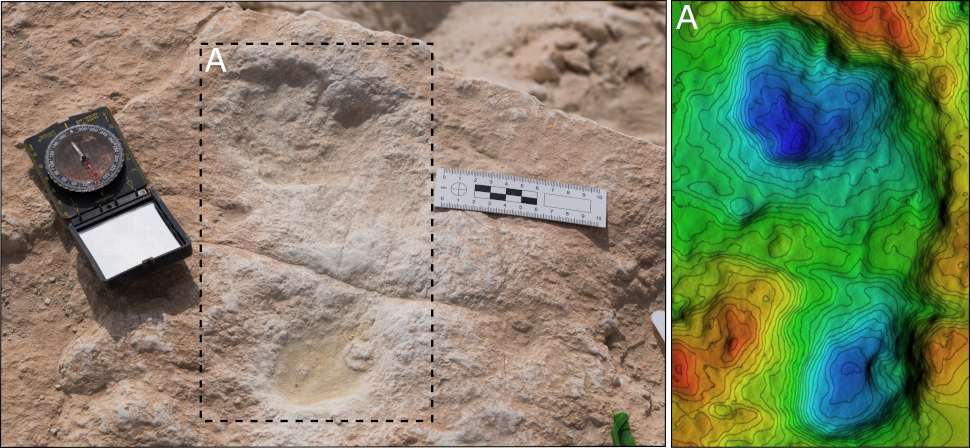
One day about 120,000 years ago, a few humans wandered along the shore of an ancient lake in what is now the Nefud Desert in Saudi Arabia. Within hours of passing through, the humans’ and animals’ footprints dried out and eventually fossilized.
The set of seven human footprints, found around an ancient dry lake in the northern region of Tabuk, are the earliest evidence of humans in the Arabian peninsula.
These ancient footsteps offer rare evidence of when and where early humans once inhabited the Arabian Peninsula.
“These are the first genuine human footprints of Arabia,”
“Footprints are a unique form of fossil evidence in that they provide snapshots in time, typically representing a few hours or days, a resolution we tend not to get from other records.”
– Archaeologist and team leader Michael Petraglia of the Max Planck Institute for the Science of Human History.
The researchers think the footprints belong to modern humans, on the basis of stature and mass inferred from them, rather than Neanderthals, who aren’t known to have been in the region at the time.
The Arabian Peninsula has long been considered the obvious route that early members of our species took as they trekked out of Africa and migrated to the Middle East and Eurasia.
Stone tools have suggested ancient humans explored the Arabian Peninsula at various times in prehistory when the climate was wetter, it was once the Fertile Crescent after all.
Yet, researchers have only found a single human finger bone dating to 88,000 years to prove modern humans. The footprints were found during an archaeological survey at the Alathar deposit, a former lake in the western Nefud Desert of Saudi Arabia. Researchers dated the sediments with optically stimulated luminescence, which produced the date range between 112,000 and 121,000 years ago.
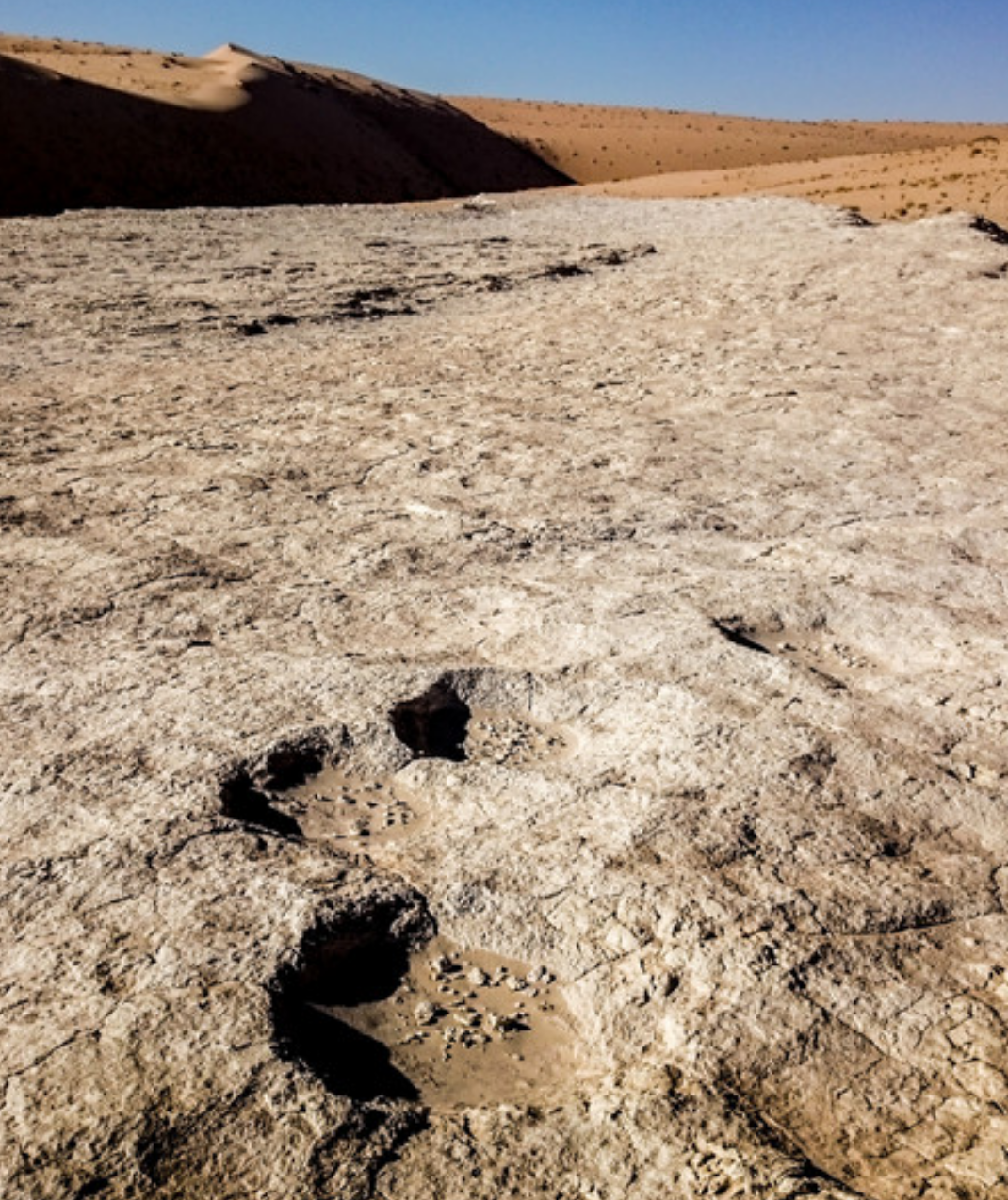
Footprints of elephants and other animals were also identified alongside 233 fossils. The new research published in Science Advances describes the discovery of these fossilized footprints, of which at least seven could be linked to humans, specifically Homo sapiens.
Reference:
Mathew Stewart et al. Human footprints provide snapshot of last interglacial ecology in the Arabian interior DOI: 10.1126/sciadv.aba8940



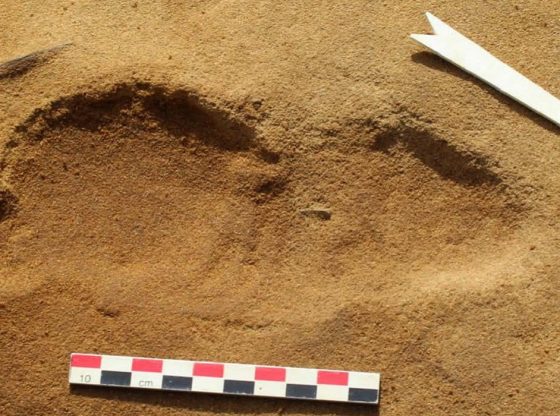
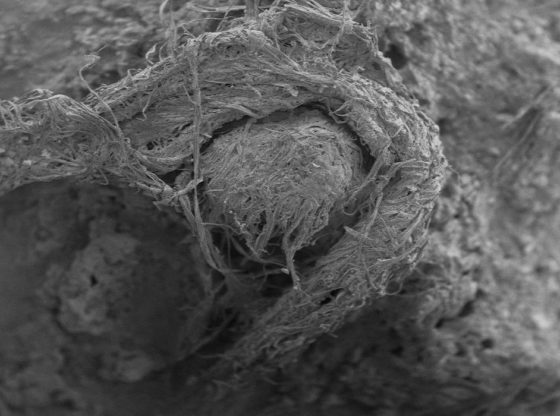
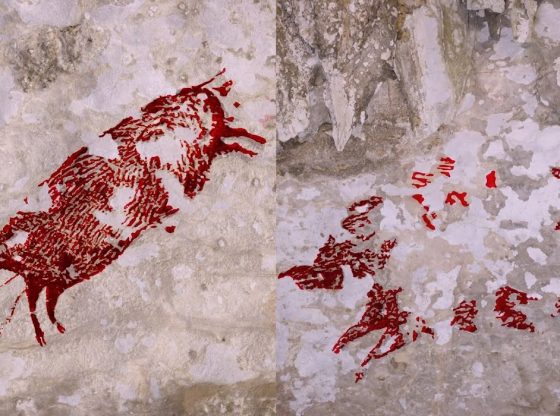
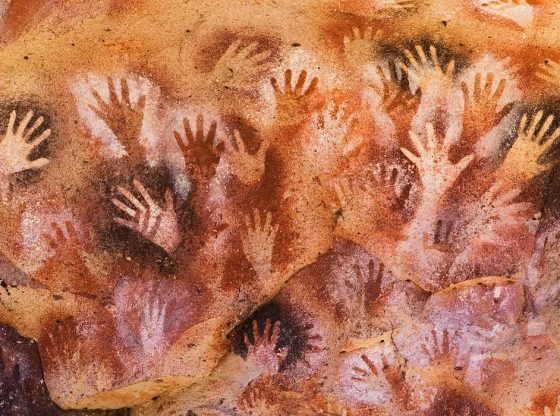
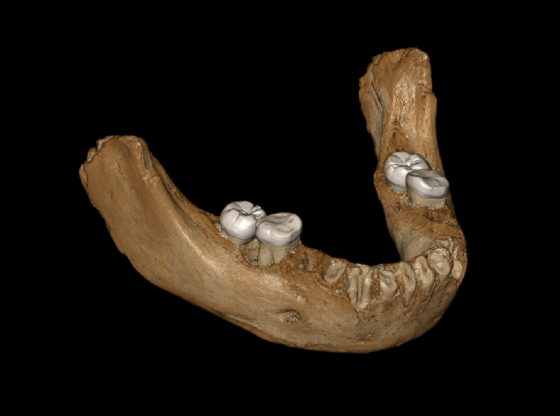
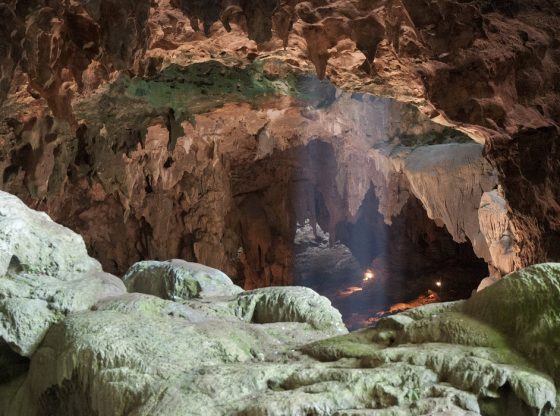
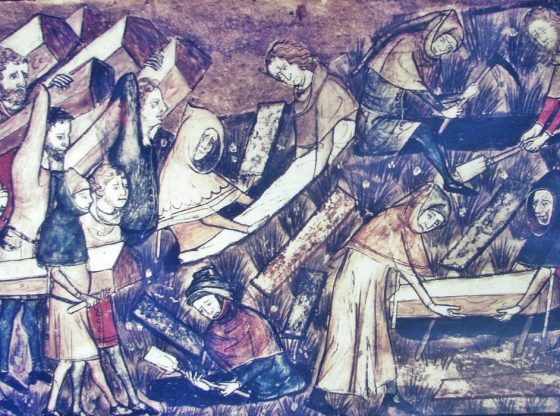

![OpenAI. (2025). ChatGPT [Large language model]. https://chatgpt.com](https://www.illustratedcuriosity.com/files/media/55136/b1b0b614-5b72-486c-901d-ff244549d67a-350x260.webp)
![OpenAI. (2025). ChatGPT [Large language model]. https://chatgpt.com](https://www.illustratedcuriosity.com/files/media/55124/79bc18fa-f616-4951-856f-cc724ad5d497-350x260.webp)
![OpenAI. (2025). ChatGPT [Large language model]. https://chatgpt.com](https://www.illustratedcuriosity.com/files/media/55099/2638a982-b4de-4913-8a1c-1479df352bf3-350x260.webp)








